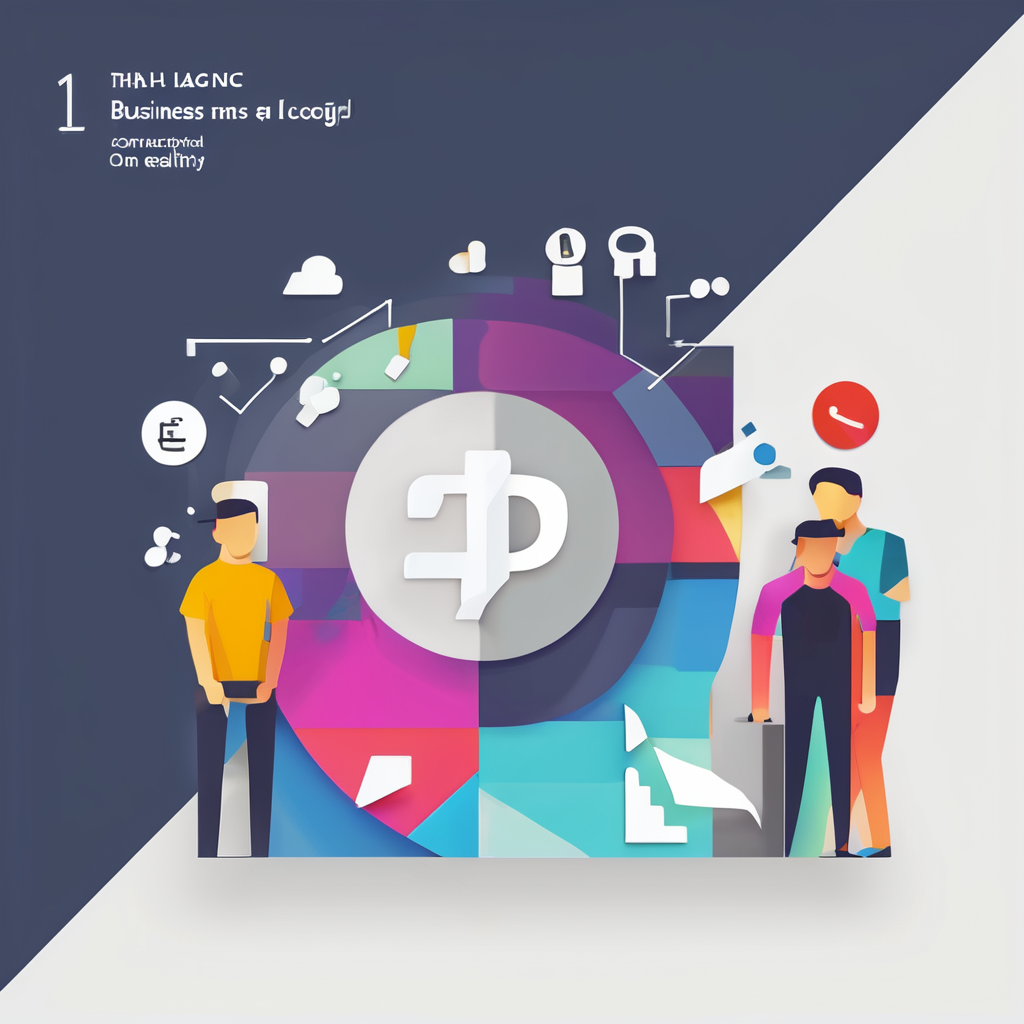Digital transformation demands more than technology—it requires a clear, actionable roadmap to guide lasting change. This roadmap aligns strategy, people, and tools to modernize services, enhance efficiency, and meet evolving expectations. Understanding its key phases and practical steps empowers leaders to implement sustainable progress with confidence and clarity.
How to build an effective digital transformation roadmap for your organization
Building an effective digital transformation roadmap requires clarity, leadership, and targeted action—this is where Expert Change Management Consulting provides vital expertise for organizations aiming for genuine, lasting impact. At its core, a digital transformation roadmap is a strategic plan aligning business priorities with technology initiatives to drive measurable improvement. Recent successes such as the UK government’s modernisation, leveraging clear milestones, budgeted investment, and a standardized service performance framework, illustrate how a well-defined roadmap can deliver both efficiency gains and user-centric outcomes.
Have you seen this : How Can Businesses Overcome the Challenges of Remote Work Management?
A comprehensive roadmap includes distinct phases: shaping a vision, setting clearly defined milestones, engaging leaders at all levels, and outlining actionable steps. Progress depends on digital maturity assessment—using frameworks to evaluate current capabilities and gaps—and a strong commitment from executives for resource allocation. Tools like digital transformation roadmap templates or enterprise architecture frameworks can break complex journeys into manageable steps.
To satisfy both business leaders and IT professionals, focus on practical planning: step-by-step frameworks, transparent communication, commitment to continuous improvement, and KPIs that measure outcomes such as digital adoption, process speed, and customer satisfaction. This approach ensures strategies deliver on evolving operational and customer expectations in 2025 and beyond.
Have you seen this : How Can Cultural Diversity Impact Business Management in the UK?
Structuring your digital transformation journey: key phases and practical steps
Assessing digital maturity and setting objectives
Digital readiness evaluation is the vital first step in any transformation roadmap. Using frameworks for digital maturity assessment, organizations can objectively gauge current performance, technology adoption challenges, and operational workflows. This baseline highlights capability gaps and influences how leaders align business goals with technology. Establishing measurable objectives ensures transformation success is tracked by clear KPIs for digital projects.
Defining scope and requirements using proven frameworks
Developing a successful digital strategy demands structure. Begin by clarifying the scope—focus on business priorities identified during the digital readiness evaluation. Employ robust frameworks to capture transformation roadmap documentation requirements. Key phases in digital transformation, such as technology selection or pilot projects, must reflect both strategic aspirations and immediate process needs. Iterative reviews and updates foster adaptability, especially in fast-evolving domains like AI-driven automation.
Prioritizing initiatives and developing actionable timelines
Effective transformation roadmap review and updates hinge on prioritizing initiatives that provide quick wins without derailing longer-term goals. Actionable timelines, backed by data-driven decision making, help distribute resources where they deliver the most impact. Agile methodologies and continuous improvement cycles empower teams to check progress and update the transformation roadmap documentation. This structured approach, grounded in regular digital readiness evaluation, ensures organizations adapt seamlessly while optimizing their digital transformation strategy.
Overcoming transformation challenges: technology, culture, and governance
Addressing legacy IT and integration issues
Legacy systems integration challenges severely restrict modernization. Organizations often struggle with technology adoption challenges when older platforms lack compatibility with new digital tools. Efforts to upgrade demand not only technical expertise but also a realistic assessment of system dependencies and risks. Redefining architecture and prioritizing core functions helps to address technology adoption challenges while keeping disruption minimal. When modernizing, balancing operational resilience and maintaining day-to-day service continuity is vital.
Engaging leaders, building digital talent, and scaling skills
Strong leadership drives transformation by fostering the digital culture and mindset shift needed to overcome resistance to change. The role of leadership in transformation is to champion new ways of working and encourage ongoing digital skills development. Change management in digital projects is a continuous process—leaders must routinely communicate vision, mobilize digital talent, and embed training that aligns with evolving business objectives. Successful organizations prioritize investment in development programs to ensure teams advance digital transformation objectives together.
Strengthening governance, cybersecurity, and compliance in transformation efforts
Robust collaborative governance provides oversight as digital strategy unfolds. Teams must align on cyber security considerations in transformation, proactively managing threats in parallel with innovation. Addressing legal and compliance in digital change is equally important, as rising data and privacy regulations demand vigilant policy updates and risk assessments—ensuring every digital initiative proceeds responsibly and securely.
Best practices, tools, and case studies for lasting digital transformation
Roadmap templates and recommended digital transformation tools
Organizations achieve lasting change by selecting digital tools aligned to strategy and utilizing proven roadmap templates. Digital tools selection and integration forms a core pillar—selecting cloud platforms, analytics solutions, and automation software ensures scalability and security. Top consultants recommend using templates that map each phase of transformation, from initial digital maturity assessment to planning cloud migration and setting KPIs for digital projects. Such templates guide cross-functional teams, coordinate IT infrastructure modernization, and enable measurement of transformation success. Continuous improvement in digital initiatives depends heavily on regular alignment between business goals and technology choices, a practice reflected in every transformation success story.
Case studies: successful government and enterprise transformation journeys
Recent case studies of enterprise transformation and public sector initiatives illustrate practical gains. The UK government’s cross-departmental adoption of agile methodologies in transformation projects, for example, has enabled millions of users to access secure public services via a unified login system. Large manufacturers have improved supply chain visibility using cloud migration planning, while healthcare providers use digital innovation labs and centers to trial and validate new services. These stories highlight the impact of strong KPIs for digital projects and underscore the need for scalable, repeatable frameworks.
Tracking progress, scaling initiatives, and ensuring continuous improvement
Tracking progress involves regular, transparent measurement against roadmap examples from top consultants, leveraging dashboards for transformation success. Prioritizing digital tools selection and integration is key to this process, as is adopting agile methodologies in transformation projects for rapid iteration. Teams should revisit KPIs for digital projects regularly, ensuring continuous improvement in digital initiatives and adaptability to emerging challenges.






